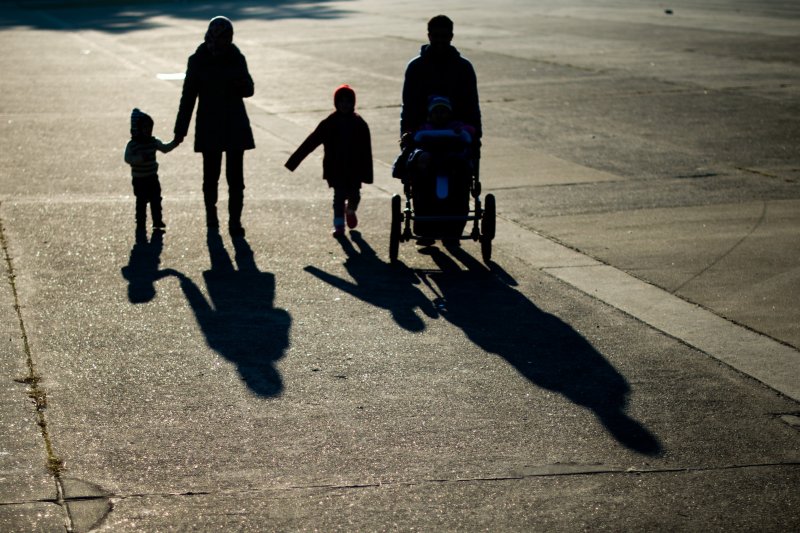700.000 Albanians Received EU Residence Permit in Last Decade
There are about 700.000 Albanian citizens who have received a residence permit in one of the countries of the European Union from 2008 until 2020. The figures were released by Eurostat, the European Institute of Statistics, and were compiled by Monitor.
The highest number of residence permits was issued in the period 2008-2009, with 97.300 and 83.900, respectively, as a result of high emigration in the early 2000s. Then the influx came down, dropping to about 30.000 per year in 2013. After this period, the revival of the immigration cycle, which is shown by the significant increase in asylum applications brought another increase in residence permits, which culminated in 2019, with about 60.400.
Compared to other countries in the region, Albania holds the record for the number of its citizens who have chosen to live and work in a European Union country. For the same period (2008-2020) about 426.000 Serbs, 337.000 Bosniaks, 285.000 citizens of Kosovo, 195.000 from North Macedonia and less than 20.000 from Montenegro received residence permits for the first time.
In relation to the population, the difference is even higher. Almost 25% of the Albanian population (by 2020) already lives and works in one of the countries of the European Union. Second place behind us is Kosovo (15.4%), followed by Bosnia and Herzegovina (10.3%), North Macedonia (9.4%), Serbia (6.2) and Montenegro (3.3%).
International institutions also calculate the number of immigrants through authorizations for residence permits issued for the first time for these countries by European Union countries.
The Vienna Institute for International Economic Studies, in a previous report, found that Albania resulted in the highest number of emigrants compared to Serbia, Montenegro, Bosnia, North Macedonia and Kosovo for the period 2010-2020.
As a fundamental factor, Vienna experts point to the high level of poverty, a phenomenon that explains the high emigration flows, especially in Albania and Kosovo. Albania and Kosovo are the two countries with the lowest level of per capita income in the region and with the highest levels of poverty according to the World Bank and consequently, have the highest emigration flows.
Italy and Greece lead
Italy and Greece, the two destinations that have hosted the highest number of Albanian emigrants since the 1990s, have granted 84% of residence permits for the first time for the period 2008-2020. The record is held by Italy, with 342.500 permits in total, or 49% of the total. Greece has provided 247.600 such (35%).
Since 2013, Germany has significantly increased the number of permits issued, as this country has become a favorite for Albanian employees, especially doctors and nurses and information technology specialists. Europe's largest economy has issued a total of 48,000 residence permits for the first time to Albanian citizens by the end of 2020.
In fourth place is France, with 15.000 permits (2% of the total) followed by Croatia, which from 2018 has issued an average of one to 2.000 residence permits per year.
2020
In 2020, 37.592 Albanian citizens received residence permits for the first time in one of the countries of the European Union, according to Eurostat. 52% of them took it for family reasons, 16% for work, 3% for education and then other reasons are listed, without being specified. Compared to a year ago, the number of residence permits issued to Albanian citizens has decreased by 38%, influenced by the situation created by the pandemic.
In the region, the highest number of residence permits issued for 2020 is held by Serbia, with 40.800, followed by Albania (37.600) followed by Bosnia and Herzegovina (35.100), Kosovo (31.600), North Macedonia (16.300), Montenegro (2.700).
(Source: Monitor)














